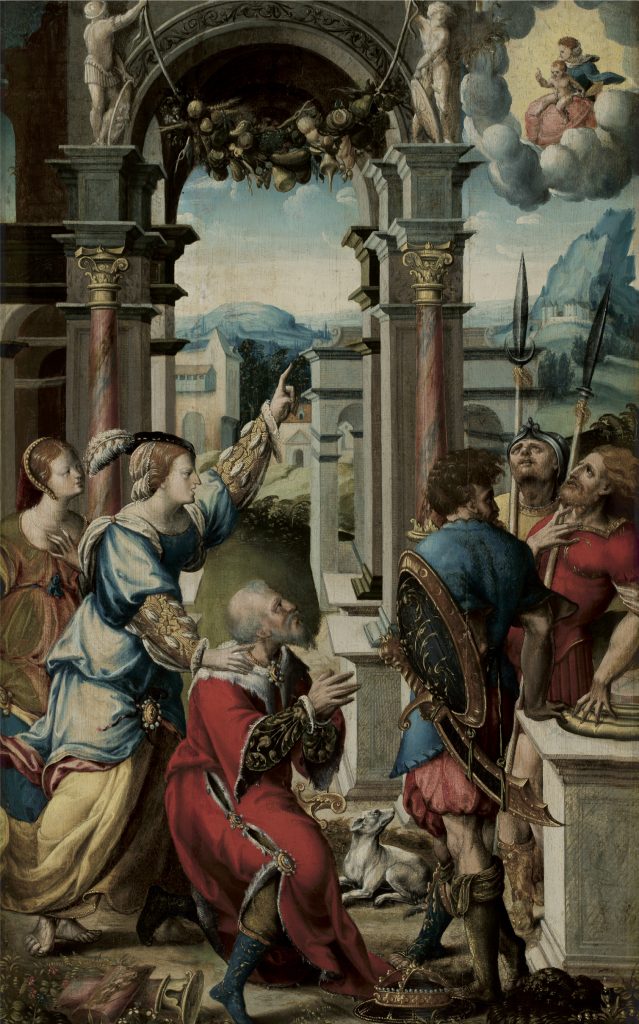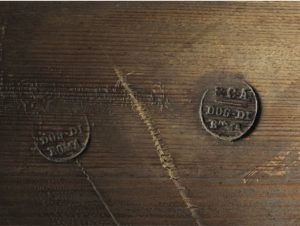What do Roman custom’s stamps signify on Archbishop Goold’s Baroque paintings?
Professor Jaynie Anderson OSI FAHA
On 5 July 2016, I received an email from Aleksandra Janiszewska, curator of Mediaeval and Early Modern Art at the National Gallery of Warsaw, headed Inquiry from Warsaw/Dogana di Roma:
Dear Professor Jaynie Anderson,
I am a curator in the National Museum in Warsaw. I have read your most interesting article about the Jacques Stella’s Jesus in the Temple found by his parents in the April Burlington Magazine. What was most interesting for me was the information about the Roman custom stamp (Dogana di Roma) that the painting bears on the mount. I am just researching on the painting in our collection that bears the same mark on the back of its panel. I would be most grateful if you could help me in further researching on those Roman stamps. Any literature concerning them would be of great help for me. I am specializing in Netherlandish art and Italian field is sometimes a foreign territory for me.
I replied,
I have tried to find out from the Vatican about the stamp and whether you can date it, but with no success so far. But I have had very little time in Rome but shall be there next year to search in the archive of deportation of paintings. Might it be a painting from the collection of Cardinal Fesch?
Aleksandra then discovered that the painting in the National Gallery of Warsaw was in the sale catalogue of the collection of Cardinal Fesch:
It appears from my search in the inventory of Fesch collection from 1841 that our painting was indeed a part of it! The measurements are practically the same, not counting few centimetres difference in height which I will consult with the painting – I may have wrong calculation. Therefore. it would be possible that our painting was bought at the auction after cardinal’s death and transferred somewhere abroad, most preferably to Russia. I have a gap between ca 1845 and ca 1890 when it was bought by Jan Popławski in Petersburg. That gives at least one generation of owners missing. Thanks to your advice I’ve searched for the catalogue by George the painter from 1845 and indeed inside there is a longer description of our painting, attributed there to Michiel Coxie. That is truly very fortunate!
The painting had previously been among the anonymous works, a sixteenth century work representing the Vision of Araceli (Figure 1)

My article on Jacques Stella’s Altarpiece in April in the Burlington Magazine (download here), 2016, received some considerable attention and attracted correspondence and articles, of which the article by Luke Slattery in the Saturday Paper is an example.

Research continues on the provenances of the Goold pictures and his relationship with Napoleon’s uncle, Cardinal Fesch, and the significance of the Roman Customs Stamp (Figure 2). We would like to know of any other paintings in the world that have this custom’s stamp.
Categories